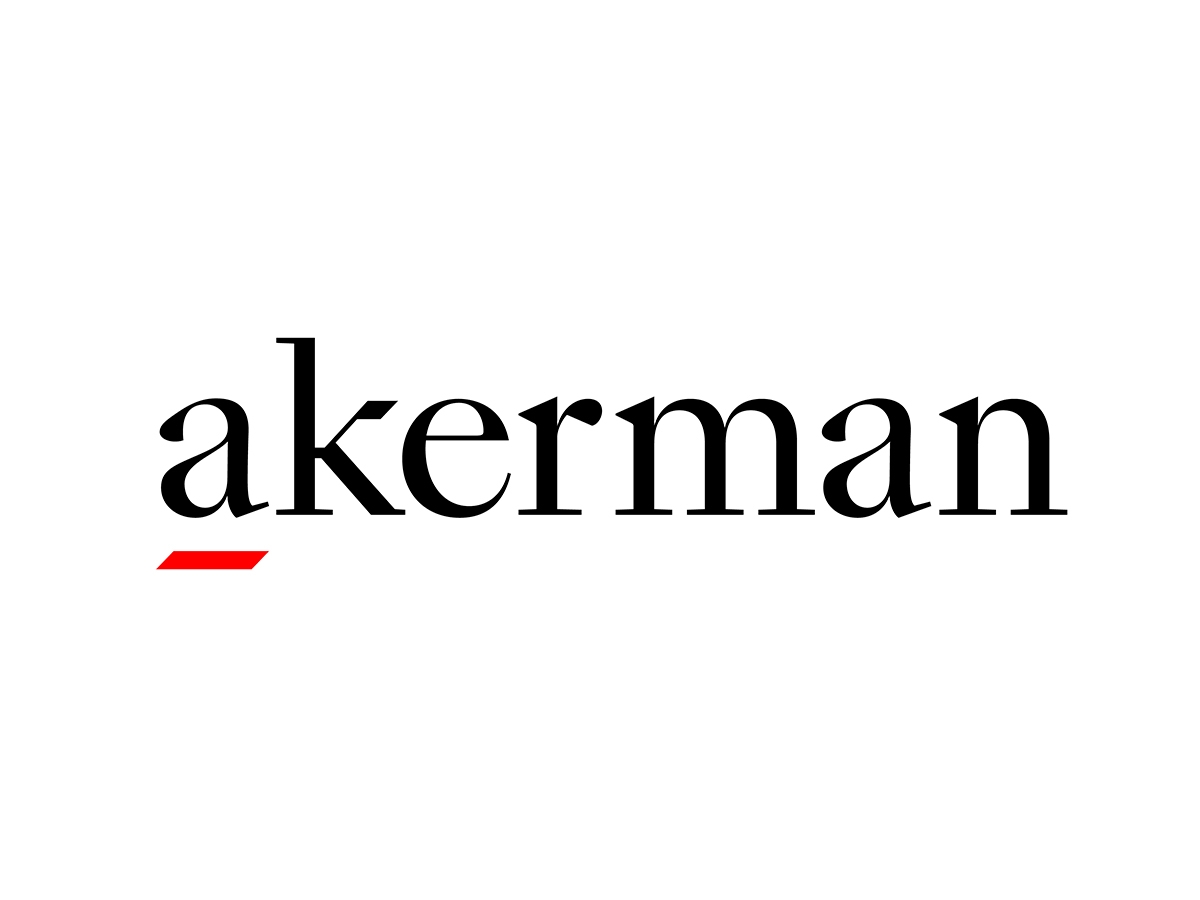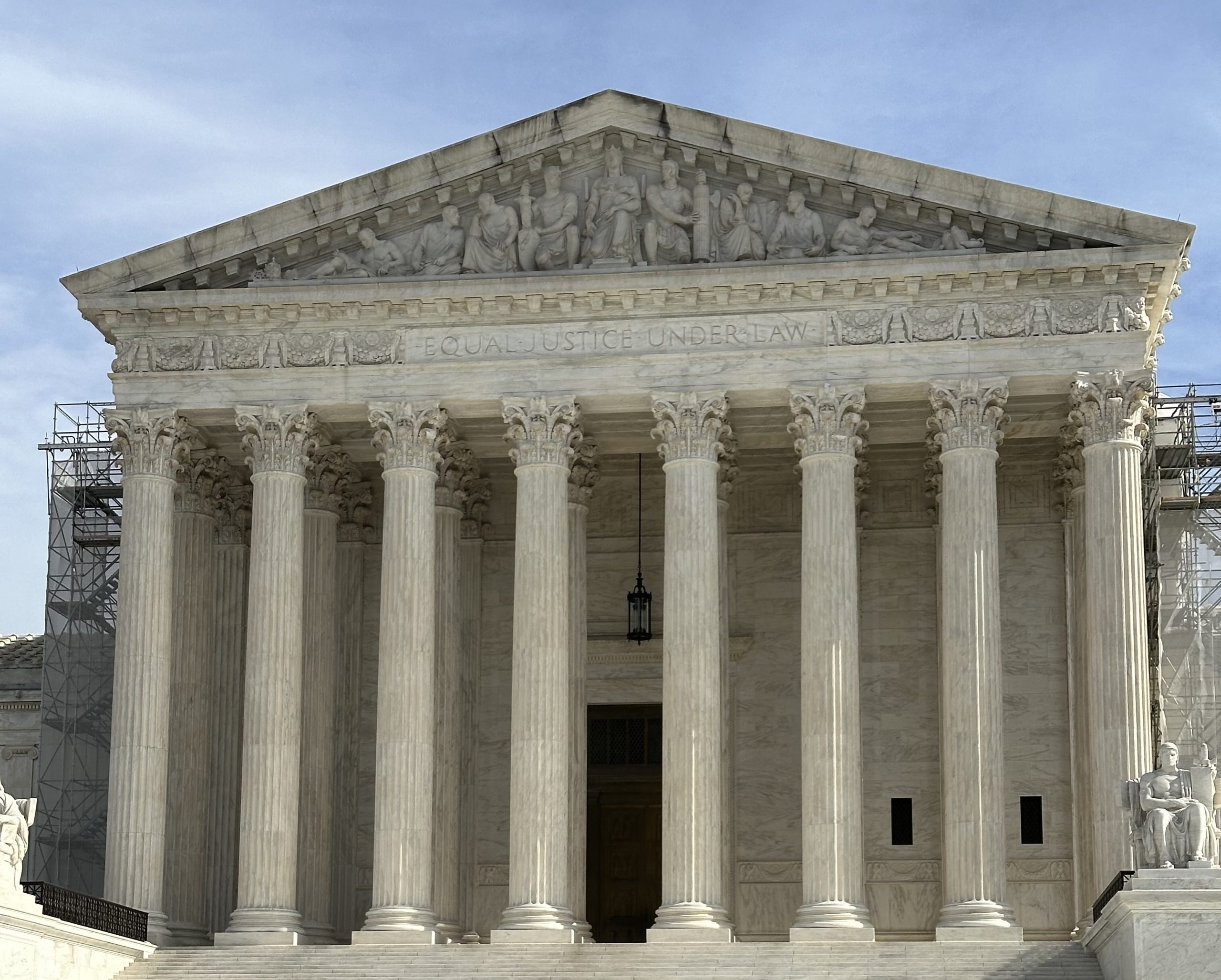Unenforceable Upon Issuance: The Patent Danger Posed by Errors in a Terminal Disclaimer | Akerman LLP
A recent case in the Western District of Oklahoma shines a spotlight on the patent danger posed by errors in a terminal disclaimer. In this case, a typographical error in the filed terminal disclaimer rendered an ensuing patent “unenforceable upon issuance,” thereby causing the related patent infringement claims to be dismissed.[1]
The case here centered around U.S. Patent No. 8,335,304 (the ’304 Patent). During prosecution of this patent, a terminal disclaimer was filed in order to overcome an obviousness type double patenting rejection. This terminal disclaimer, however, mistakenly identified U.S. Patent No. 6,430,267 as the prior patent, when it should have identified U.S. Patent No. 6,430,268.
Although seemingly minor, this one-digit error was enough to render the ensuing ’304 Patent unenforceable. The reason for this is that the terminal disclaimer requires the two patents — i.e., the ensuing ’304 Patent, and the identified prior patent — to be commonly owned in order for the ensuing ’304 Patent to be enforceable. In this case, however, the two patents are not now and were never commonly owned. The owner of the ’304 Patent owned U.S. Patent No. 6,430,268 (not the U.S. Patent No. 6,430,267 mistakenly identified in the terminal disclaimer). Thus, pursuant to the language of the terminal disclaimer itself, the ensuing ’304 Patent is unenforceable, and always had been.
At court, the patent owner attempted to argue that the terminal disclaimer should not apply because it is a legal nullity due to the fact that there was no double patenting problem between the ensuing ’304 Patent and the misidentified prior patent. Unfortunately for the patent owner, the court disagreed, holding that the patent owner “must be held to the promise it made to the PTO in order to secure issuance of the ’304 patent.”[2] To find otherwise would undermine the “public notice” function of the patent system.[3] Accordingly, the court found the ’304 patent to be “unenforceable upon issuance,” and dismissed the patent infringement claims relating to the ’304 patent.[4]
In the end, this case provides another reminder of the importance of accuracy in any terminal disclaimer. To assist in preventing a similar ending as here in the Sipco case, it may be helpful to:
- Review each nonstatutory double patenting rejection carefully, as it may not be applicable to the current claims. In the Sipco case, the typographical error that doomed the ’304 Patent was also in the original Office Action. If this had been caught, the patent owner could have avoided this result.
- Confirm ownership of a prior patent prior to filing a terminal disclaimer (e.g., to assist with this, note that a patent number can be copied directly from a terminal disclaimer document and pasted into the online USPTO assignment database).
- Review any filed terminal disclaimer for accuracy prior to paying an issue fee. The USPTO allows a recorded terminal disclaimer to be withdrawn up until an ensuing patent actually issues.[5]
[1] See Sipco, LLC v. Jasco Products Co., 5-19-cv-00709 (WDOK May 29, 2024).
[2] See Sipco, LLC v. Jasco Products Co., 5-19-cv-00709, at 9 (WDOK May 29, 2024).
[3] See id.
[4] See id. at 13.
[5] See M.P.E.P. § 1490(VIII).






